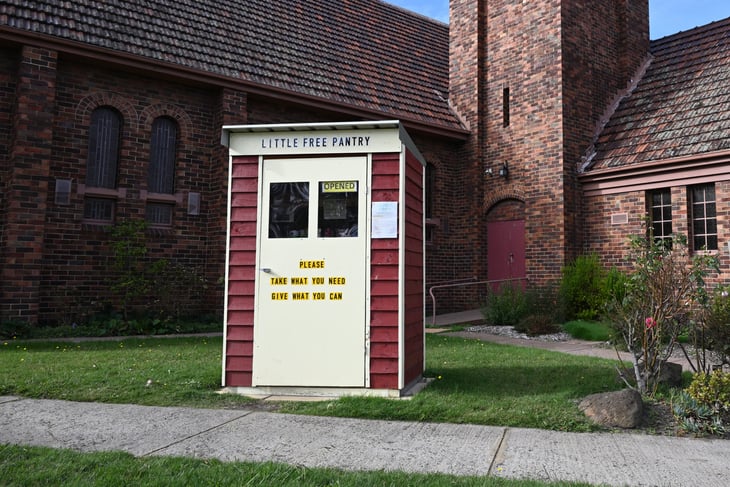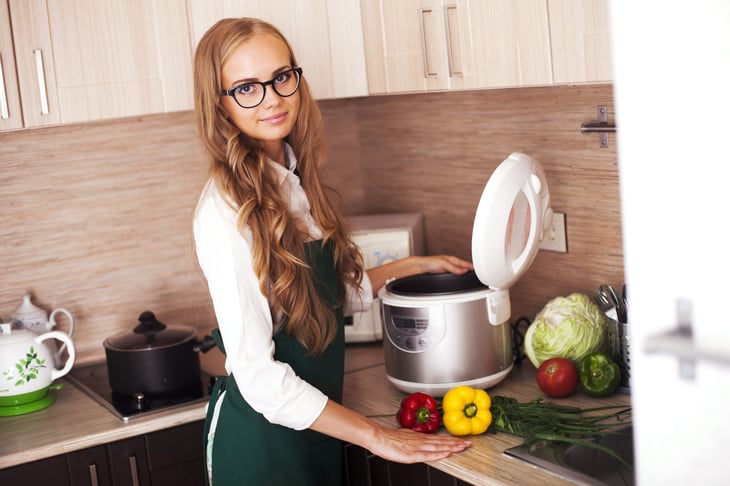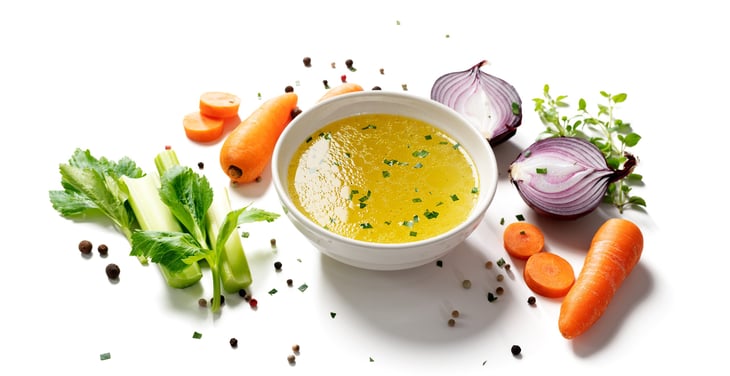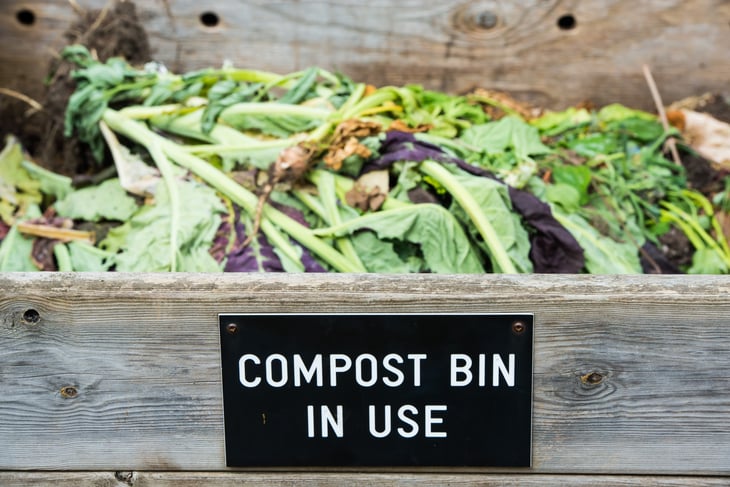
Ever grab a can of diced tomatoes at the supermarket because you couldn’t remember whether you had enough for the chili you planned to make? Naturally, you got home and found you already had three such cans. Well, wedge this one in with all those other cans that are gathering dust.
Too often our pantries are jammed with canned stuff that we may not even remember buying. Or maybe it’s a product that looked so good that you bought half a dozen – only to find that no one would touch it.
Sometimes, these foods are gifts from foodie friends but you have zero interest in hearts of palm or huitlacoche (a fungus known as “corn smut,” used by the brave on tacos). Perhaps your jokey uncle gave you a “present” for Robert Burns Day: a can of haggis. (Ack!) And, of course, there are those Vienna sausages and sardines that have been there since the pandemic, when you grabbed whatever you could find on mostly empty store shelves.
These cans won’t eat themselves, and the longer they stay there, the less appealing they become. Think of the money you spent on that food, misguided or not. Are you going to let those hard-earned dollars go to waste?
Fortunately, there are no-waste ways to deal with “old” or unwanted canned goods.
1. Give them away

Obviously! Someone out there would love to have that low-sodium chicken noodle soup or the store-brand tuna that your kids call so disgusting.
Note: Some food pantries will not accept items past their best-by date, but some do. Check with your local food bank to find out if they can use that tomato sauce that expired three months ago. (For more on this subject, see “What Does a Sell-By Date Mean?“)
No food pantries in your vicinity or you don’t want to drive across town to drop off three or four cans? There’s a workaround for that …
Buy Nothing Facebook groups are a hyper-localized version of Freecycle. They’re a great way to find homes for things you no longer need (and to find things you do need).
Somebody somewhere wants that creamed corn, tomato paste and generic cream of mushroom soup that you can no longer stand to look at. If these foods are past their sell-by dates, just note that in the description. Some people don’t care.
To find a Buy Nothing group in your region, see “Need Something? Buy Nothing.”
2. Add them to something else

My partner and I get food fairly often from our own Buy Nothing Facebook group. Sometimes that’s a specific few items, such as half a dozen yogurts or a nearly full 50-pound bag of bread flour and some yeast. Other times, the gift is billed as a “pantry clean-out,” which might include things we wouldn’t have chosen.
One such haul included cans of minestrone and quinoa/black bean soup, both slightly past their sell-by dates. Did we throw them out? Of course not! Instead, we dumped one can at a time into our next couple of pots of homemade soup, where they disappeared into the general soupiness. Couldn’t taste them, and we got extra nutrition and extra heft.
A separate Buy Nothing haul included cans of refried beans whose best-by dates were several years in the past. They were also fat-free vegetarian refritos, which to me sounded less than appetizing for burritos. Compromise: We’ve been adding one can per pot of homemade chili. Not only do the beans melt into the tomato-y goodness, they thicken the finished product quite nicely. Great taste, no waste.
This tactic also works for plain canned vegetables. They’ll boost-and-bulk your soup, stew, curry or casserole, and no one will be forced to look at a side dish of pale peas. In the case of canned fruit, drain and puree, and stir into oatmeal or plain yogurt to taste. Or, drain and add to a smoothie.
3. Learn a new recipe

Staring down a barrel of peaches or fruit cocktail that’s expiring? Search online for “recipes that use canned fruit” to find ways to make cookies, cakes, cobblers, muffins, salads, bean dishes and casseroles.
Or, if you have one of those ice cream makers or a food processor, even old fruit will taste good when mixed and frozen with milk, sugar and air.
Pro tip: Keep the drained-off juice! Freeze it in ice-cube trays for future smoothies, marinades, salad dressing, barbecue sauce, flavored water, etc. (Search online for “ways to use juice from canned fruit.”)
If it’s extra canned vegetables or legumes you have, search the internet for “easy recipes using canned vegetables.” You’ll wind up with suggestions like “Balsamic Green Bean Salad” and “Creamy Pumpkin Hummus.” The added ingredients plus the change in appearance will have you chowing down on those tired chickpeas after all.
And about those extra tomatoes you keep buying: They don’t have to become chili or spaghetti sauce. Search “easy homemade salsa canned tomatoes” and the result will have your friends thinking you’re a wizard.
4. Feed it to the dog

If you make your own dog food or dog treats, add some pureed veggies and/or fruits to the mix. Or just let them eat these things raw.
Two essentials to keep in mind:
- Do this only with low- or no-sodium vegetables since Fido doesn’t need the extra salt any more than you do.
- Certain fruits and vegetables should never be fed to dogs. The American Kennel Club has a list. Fun fact: The AKC says that canned no-salt green beans can be frozen and given out as an “enrichment snack.”
5. Turn them into broth

My partner and I have a “boiling bag” in the freezer for things like carrot tops, onion skins, potato peels, chicken bones and other scraps or waste items. Nearby is a container where we pour the liquids used to boil potatoes and other veggies. When both are full, we put them in the slow cooker overnight. We strain the resulting liquid and use it as a base for soup, stew or curry.
Suppose your visiting grandma left a can of asparagus or peas and carrots in your cupboard and you really, really can’t stand these things. Drain the liquid into the container and use the vegetables to start a boiling bag of your own. Once you get in the habit of making broth, you’ll never go back to the expensive, salty stuff from the store. And no, you won’t be able to taste the asparagus: The other flavors will mellow it out.
For more tips on using all of your food, see “11 Ways to Turn Table Scraps Into Delicious Meals.”
6. Compost them

Suppose you just cannot abide a certain food, no one on Buy Nothing wants it either, and it just doesn’t make sense to drive 10 miles to the food bank to divest yourself of a can of smoked baby clams. (Thanks, cuz, for polluting my pantry!)
If you or a neighbor has a compost pile, mix in the unwanted items, and then clean and recycle the can. Used this way, the unsavory food will help promote the growth of future crops you actually want to eat.





Add a Comment
Our Policy: We welcome relevant and respectful comments in order to foster healthy and informative discussions. All other comments may be removed. Comments with links are automatically held for moderation.